Understanding CSRF in Laravel: Prevention & Best Practices
Understanding Cross-Site Request Forgery CSRF in Laravel
Cross-Site Request Forgery (CSRF) is a common security threat where malicious actors trick users into executing unwanted actions on trusted web applications. In this blog, we’ll discuss what CSRF attacks are, why they’re dangerous, and how to safeguard your Laravel application with practical examples.
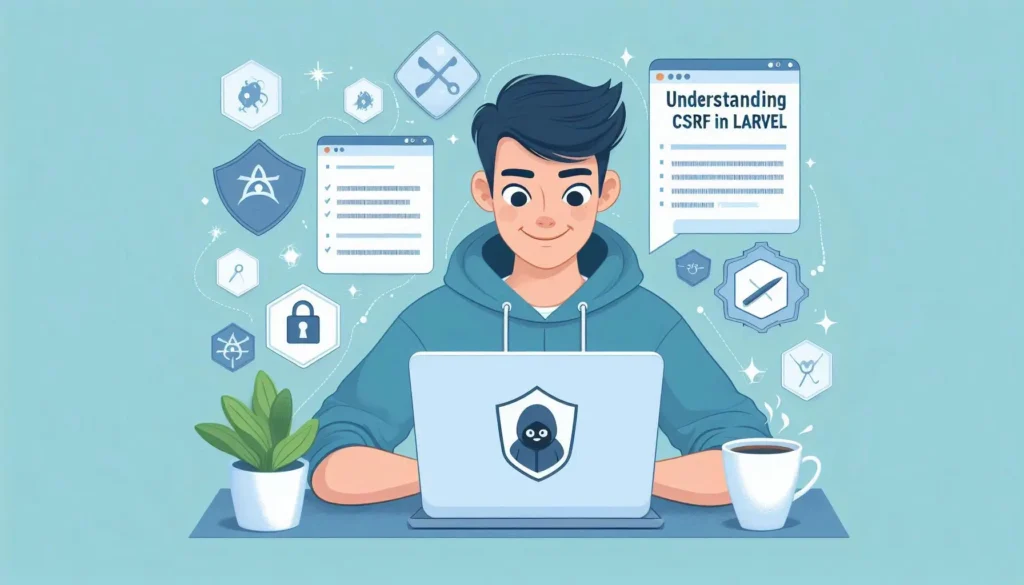
What is CSRF and Why is it Dangerous?
CSRF attacks exploit the trust a website has in a user’s browser, performing unauthorized actions without the user’s consent. These attacks are particularly dangerous as they occur without the user’s knowledge, which can lead to serious security breaches, including data leaks, unauthorized transactions, and compromised user information.
Implementing CSRF Protection in Laravel
Laravel provides built-in CSRF protection, which is easy to integrate and highly effective. Here’s a quick overview of how to implement CSRF protection in Laravel with an example.
CSRF in Laravel Protection Middleware
Laravel includes CSRF protection by default through its middleware. Here’s how to enable CSRF tokens in a form:
php<form action="/process" method="POST">
@csrf
<button type="submit">Submit</button>
</form>
In this example, the @csrf directive automatically generates a CSRF token, which Laravel verifies upon form submission. If a valid token isn’t provided, Laravel will reject the request, safeguarding your application from CSRF attacks.
Example of Token Verification in Laravel
Here’s a simple example of how CSRF protection works when a user submits a form:
- A user logs into their account and opens the form.
- Laravel generates a unique token and includes it in the form.
- Upon submission, Laravel checks if the token matches; if not, it denies the request.
Laravel’s CSRF token is automatically regenerated for each session, enhancing security by making it harder for attackers to reuse tokens.
Additional Security Tips for CSRF Protection in Laravel
Beyond the basic CSRF token verification, consider implementing these best practices:
- Use HTTPS: This prevents token theft during transmission, making it more challenging for attackers to access the user session.
- Regenerate Tokens: Laravel automatically regenerates CSRF tokens on each request, but it’s good practice to manually invalidate tokens upon logout.
Real-World Example of CSRF Attack in Action
Imagine a banking application where users can transfer funds to other accounts. If CSRF protection isn’t implemented, a malicious actor could send a crafted link to a user, tricking them into unknowingly authorizing a transfer.
Visual Walkthrough
Here is an example of a vulnerability assessment using our free tools, available on our Pentest Testing website. This tool allows you to evaluate CSRF vulnerabilities in your application, providing insights into potential security gaps.
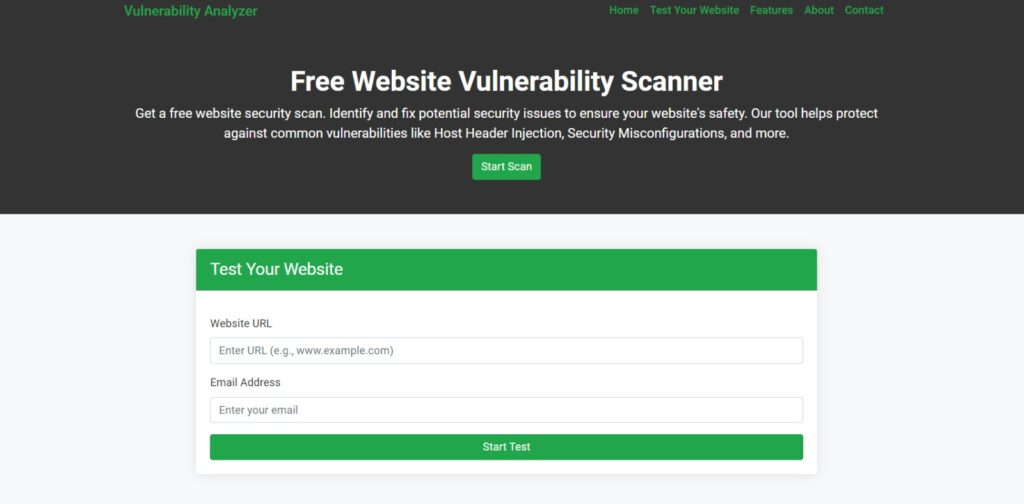
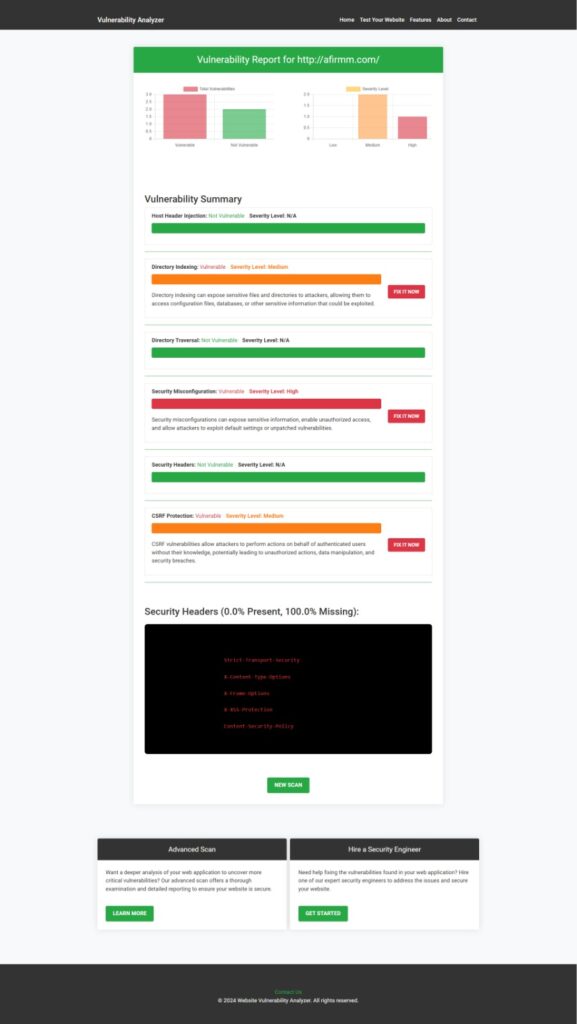
How We Can Help: Professional Cybersecurity Services
At Pentest Testing and Cyber Rely, we offer specialized cybersecurity services like Vulnerability Assessment (VA) and Penetration Testing (PT). Our team of experts is dedicated to helping you secure your web applications against various attacks, including CSRF. Visit our sites to learn more about our services and ensure your applications remain safe and secure.
Conclusion
CSRF is a serious security risk, but with Laravel’s built-in CSRF protection and additional best practices, you can protect your applications from this type of attack. Implementing CSRF protection is simple and essential for maintaining user trust and application integrity. Protect your Laravel applications today, and check out our other cybersecurity services to strengthen your online security.
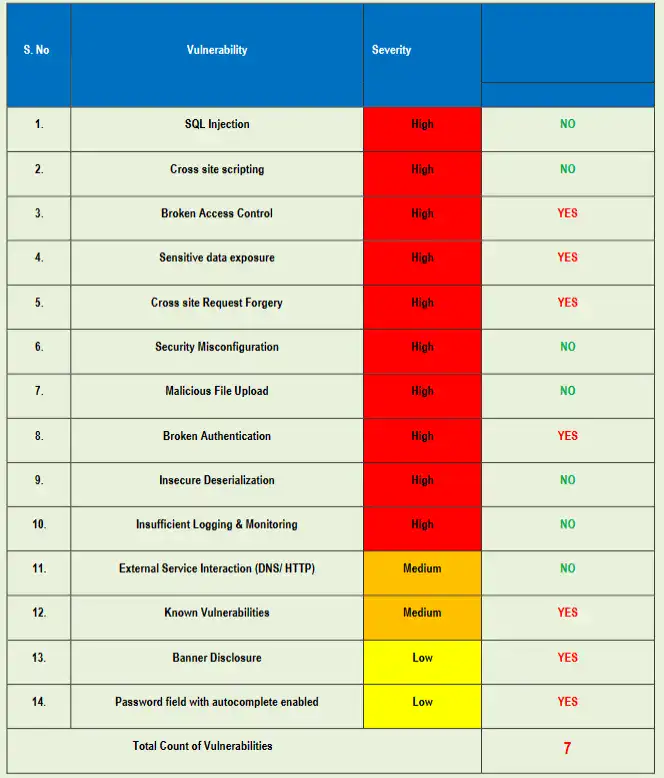
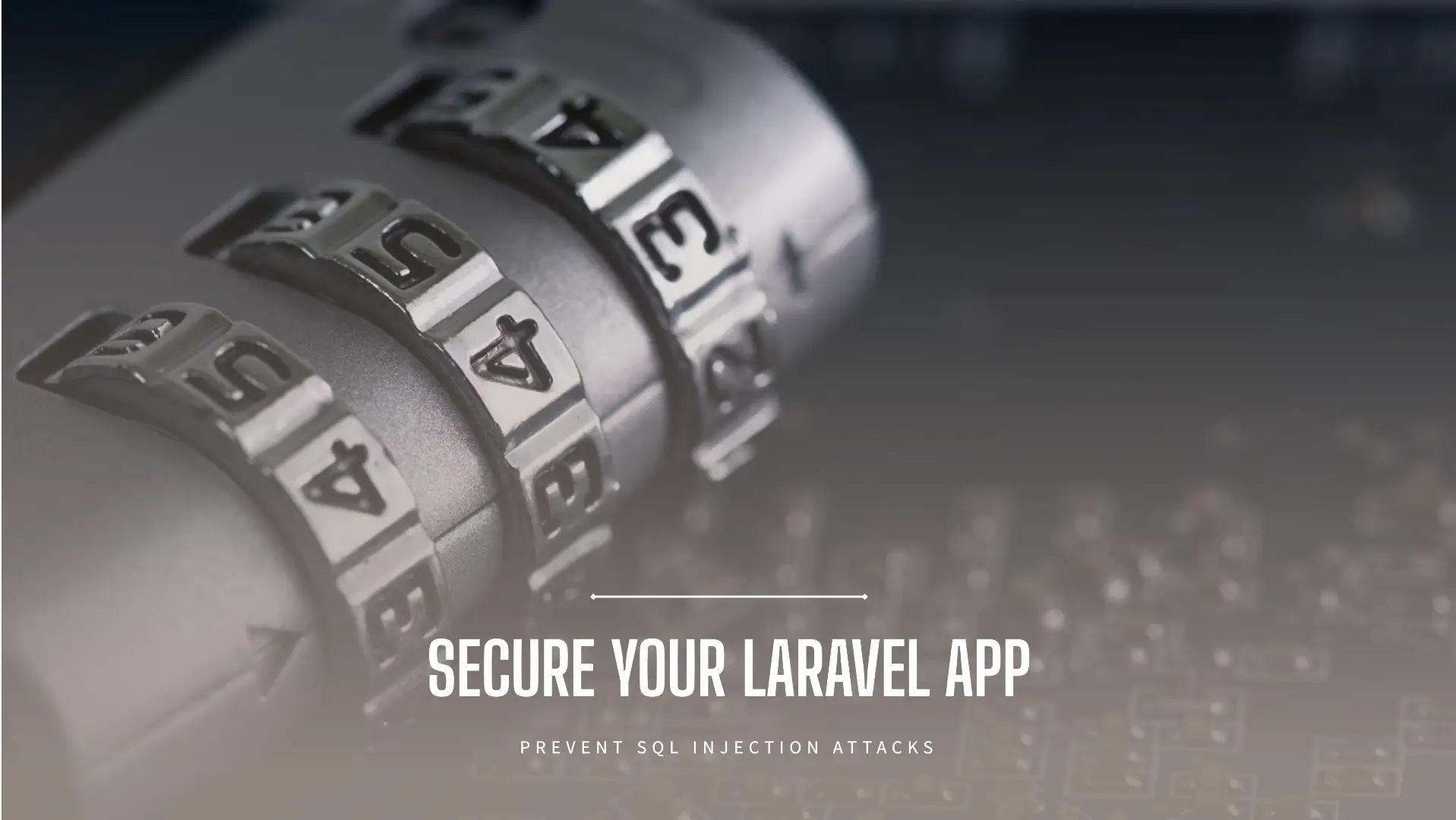
Thank you so much for your kind words and thoughtful feedback! 😊 We’re really glad you enjoyed the writing and structure of the blog post. Everything we publish is custom-written by our team to share real insights and practical advice from hands-on experience. It means a lot to hear that it’s making a positive impact! Stay tuned—we’ve got more security-focused content on the way. Feel free to subscribe or drop by anytime to share your thoughts! 💬🔐